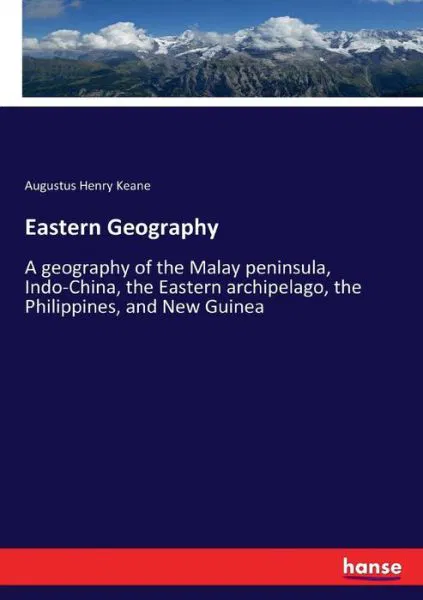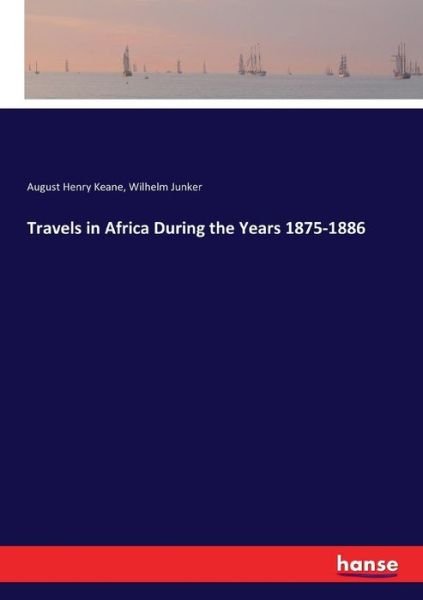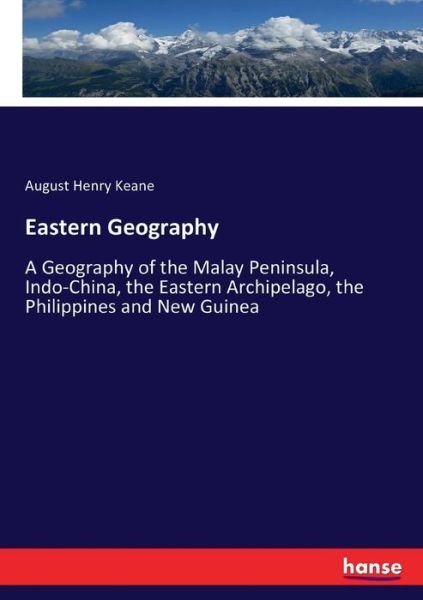
Tell your friends about this item:
Spatial Variability of Wildland Fuel Characteristics in Northern Rocky Mountain Ecosystems
Keane
Spatial Variability of Wildland Fuel Characteristics in Northern Rocky Mountain Ecosystems
Keane
Publisher Marketing: We investigated the spatial variability of a number of wildland fuel characteristics for the major fuel components found in six common northern Rocky Mountain ecosystems. Surface fuel characteristics of loading, particle density, bulk density, and mineral content were measured for eight fuel components-four downed dead woody fuel size classes (1, 10, 100, 1000 hr), duff, litter, shrub, and herb-on nested plots located within sampling grids to describe their variability across spatial scales. We also sampled canopy bulk density, biomass, and cover for each plot in the grid. The spatial distribution and variability of surface and canopy fuel characteristics are described using the variance, spatial autocorrelation, semi-variograms, and Moran's I. We found that all fuels had high variability in loading (two to three times the mean), and this variability increased with the size of fuel particle. We also found that fuel components varied at different scales, with fine fuels varying at scales of 1 to 5 m, coarse fuels at 10 to 150 m, and canopy fuels at 100 to 500 m. Findings and data from this study can be used to sample, describe, and map fuel characteristics, such as loading, at the appropriate spatial scales to accommodate the next generation of fire behavior prediction models.
| Media | Books Paperback Book (Book with soft cover and glued back) |
| Released | February 14, 2015 |
| ISBN13 | 9781507666951 |
| Publishers | Createspace |
| Pages | 62 |
| Dimensions | 216 × 279 × 3 mm · 167 g |



![Cover for Keane · Hopes & Fears 20 (LP) [Limited Exclusive Burgundy Vinyl edition] (2024)](https://imusic.b-cdn.net/images/item/original/147/0602465131147.jpg?keane-2024-hopes-fears-20-lp&class=scaled&v=1719992539)
![Cover for Keane · Hopes and Fears 20 (CD) [20th Anniversary Deluxe edition] (2024)](https://imusic.b-cdn.net/images/item/original/480/0602458643480.jpg?keane-2024-hopes-and-fears-20-cd&class=scaled&v=1708528628)
![Cover for Keane · Hopes & Fears 20 (LP) [Galaxy Effect Coloured Vinyl edition] (2024)](https://imusic.b-cdn.net/images/item/original/251/0602458643251.jpg?keane-2024-hopes-fears-20-lp&class=scaled&v=1719840251)
![Cover for Keane · Hopes and Fears 20 (LP) [Limited 20th Anniversary Coloured Vinyl edition] (2024)](https://imusic.b-cdn.net/images/item/original/374/0602458643374.jpg?keane-2024-hopes-and-fears-20-lp&class=scaled&v=1708527791)
![Cover for Keane · Live At Paradiso 2004 (RSD Colored Vinyl) (LP) [RSD 2024 edition] (2024)](https://imusic.b-cdn.net/images/item/original/117/0602458642117.jpg?keane-2024-live-at-paradiso-2004-rsd-colored-vinyl-lp&class=scaled&v=1708270046)





![Cover for Keane · Cause and Effect (Limited Deluxe with 10”lp) (LP) [Coloured edition] (2021)](https://imusic.b-cdn.net/images/item/original/113/0602577916113.jpg?keane-2021-cause-and-effect-limited-deluxe-with-10-lp-lp&class=scaled&v=1605910567)

![Cover for Keane · Cause and Effect (CD) [Deluxe edition] (2019)](https://imusic.b-cdn.net/images/item/original/069/0602577916069.jpg?keane-2019-cause-and-effect-cd&class=scaled&v=1560371699)
![Cover for Keane · Cause And Effect (LP/CD) [Limited edition] (2019)](https://imusic.b-cdn.net/images/item/original/424/0602577920424.jpg?keane-2019-cause-and-effect-lp-cd&class=scaled&v=1560754370)


















![Cover for Pink Floyd · The Wall (LP) [Remastered edition] (2016)](https://imusic.b-cdn.net/images/item/original/313/5099902988313.jpg?pink-floyd-2016-the-wall-lp&class=scaled&v=1546609430)
![Cover for Adam Lambert · Velvet (LP) [Purple / Green Vinyl edition] (2020)](https://imusic.b-cdn.net/images/item/original/664/0194690159664.jpg?adam-lambert-2020-velvet-lp&class=scaled&v=1715004071)


![Cover for Black Sabbath · Paranoid (LP) [Remastered edition] (2019)](https://imusic.b-cdn.net/images/item/original/790/5414939920790.jpg?black-sabbath-2019-paranoid-lp&class=scaled&v=1524744839)

![Cover for Pink Floyd · Wish You Were Here (LP) [Remastered edition] (2016)](https://imusic.b-cdn.net/images/item/original/016/5099902988016.jpg?pink-floyd-2016-wish-you-were-here-lp&class=scaled&v=1515674004)




![Cover for Led Zeppelin · Led Zeppelin IV (LP) [Remastered, 180 gram edition] (2014)](https://imusic.b-cdn.net/images/item/original/778/0081227965778.jpg?led-zeppelin-2014-led-zeppelin-iv-lp&class=scaled&v=1570711467)
![Cover for Pink Floyd · Animals (LP) [2018 Remix edition] (2022)](https://imusic.b-cdn.net/images/item/original/532/0190295600532.jpg?pink-floyd-2022-animals-lp&class=scaled&v=1656925259)




![Cover for The Smiths · Hatful of Hollow (LP) [Remastered edition] (2012)](https://imusic.b-cdn.net/images/item/original/824/0825646658824.jpg?the-smiths-2012-hatful-of-hollow-lp&class=scaled&v=1333443282)
![Cover for Kate Bloom · Finally (milky Clear) (LP) [Bonus Tracks edition] (2023)](https://imusic.b-cdn.net/images/item/original/935/0747742112935.jpg?kate-bloom-2023-finally-milky-clear-lp&class=scaled&v=1690835928)